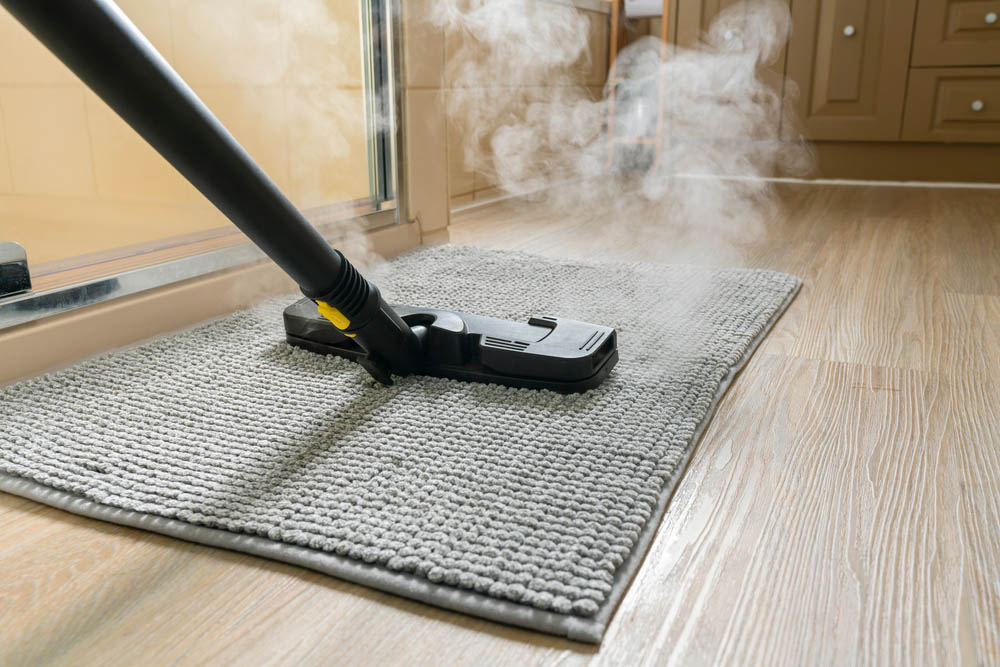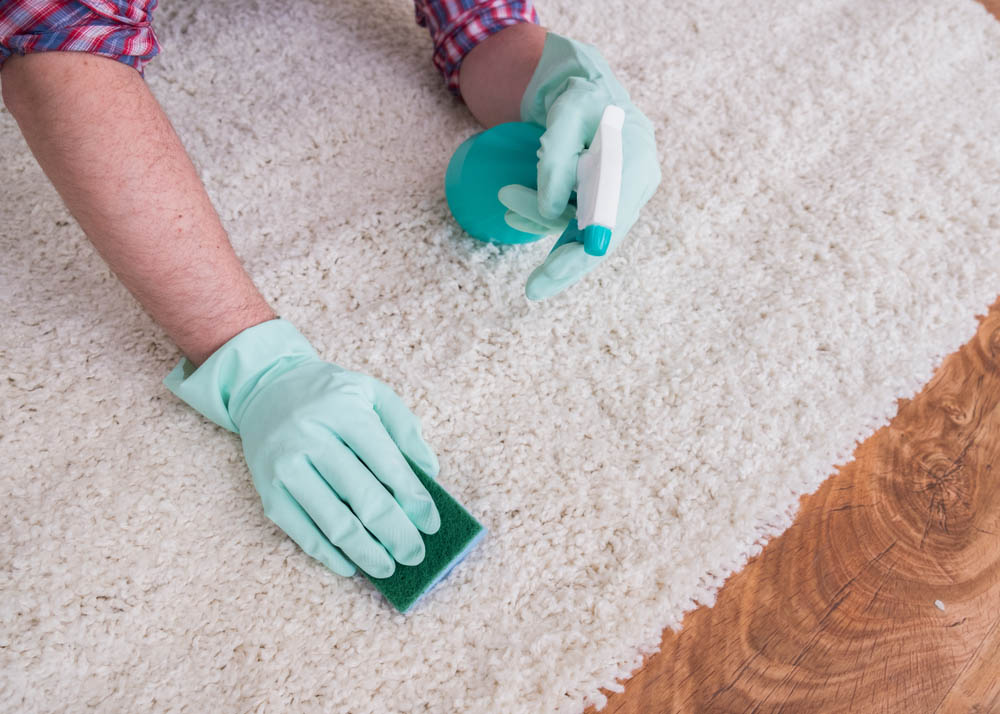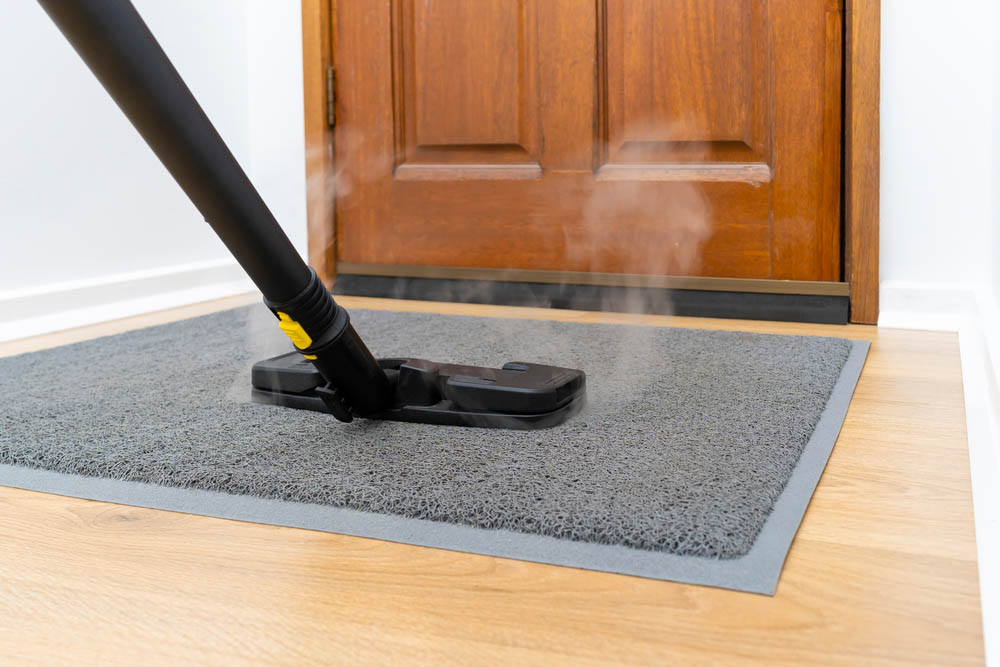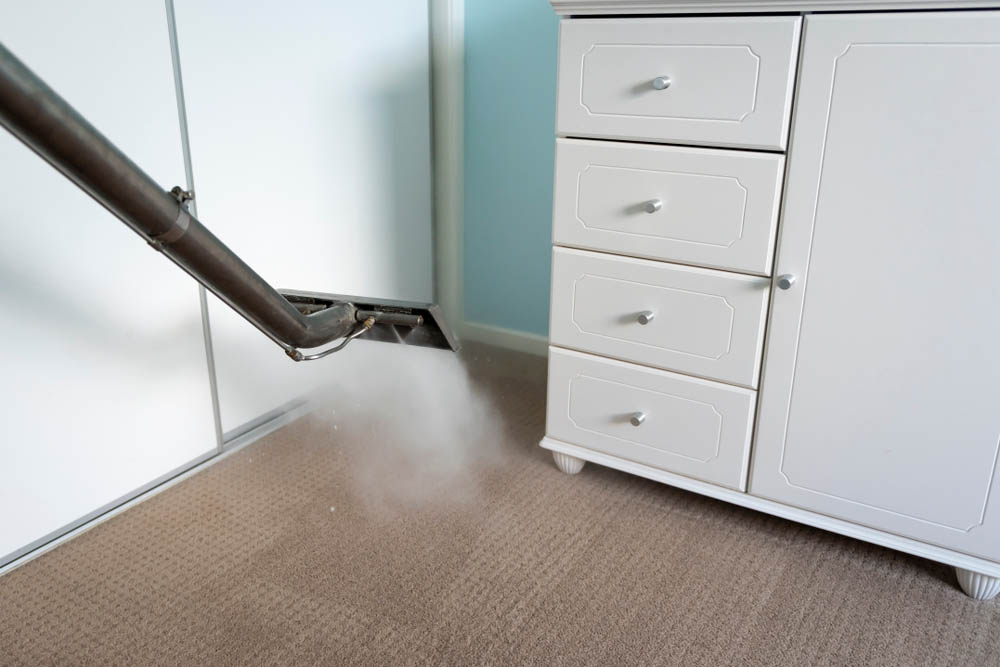
Maintaining a clean and allergen-free environment is crucial for individuals with allergies and asthma. Among the many potential triggers in a home, carpets can harbor a variety of allergens, such as dust mites, pet dander, pollen, and mold spores. Regular carpet cleaning plays a vital role in reducing allergen exposure and promoting better respiratory health. In this comprehensive guide, we will explore the optimal carpet cleaning frequency, effective techniques, and essential tips for allergy and asthma sufferers.
Importance of Regular Carpet Cleaning for Allergy and Asthma Sufferers:
To comprehend the significance of regular carpet cleaning, it’s crucial to understand the potential allergens that can accumulate in carpets. Dust mites, microscopic creatures thriving in warm and humid environments, are one of the primary culprits. These allergenic creatures feed on dead skin cells and their feces contain allergenic proteins that can trigger allergic reactions. Additionally, carpets can trap pollen, pet dander, mold spores, and other particles, exacerbating allergy and asthma symptoms.
Common Allergens Found in Carpets:
- Dust Mites: Exploring the life cycle, habits, and allergenic properties of dust mites, along with the health implications they pose to allergy and asthma sufferers.
- Pollen: Discuss how pollen can get trapped in carpets and trigger allergic reactions, particularly during allergy seasons.
- Pet Dander: Highlighting the role of pet dander as a common allergen and explaining how it can accumulate in carpets even if you don’t have pets at home.
- Mold Spores: Explaining the conditions that promote mold growth in carpets and the potential health risks associated with mold exposure.
Recommended Cleaning Techniques for Allergy and Asthma Sufferers:
- Vacuuming with HEPA Filters: Detailing the benefits of using vacuum cleaners equipped with High-Efficiency Particulate Air (HEPA) filters to effectively trap and remove allergens from carpets
- Steam Cleaning: Discuss the advantages of steam cleaning in killing dust mites, eliminating bacteria, and removing stubborn stains, while minimizing the use of chemicals.
- Dry Carpet Cleaning: Exploring the dry carpet cleaning method, which utilizes specialized absorbent compounds or powders to clean carpets without excessive moisture.
Benefits of Professional Carpet Cleaning:
- Expertise and Equipment: Explaining how professional carpet cleaners possess specialized knowledge, experience, and equipment to deliver a thorough and effective cleaning process.
- Allergen Removal: Emphasizing the ability of professionals to remove deep-seated allergens, dust mites, and pet dander from carpets, significantly reducing allergen exposure.
- Mold and Bacteria Prevention: Discuss how professional carpet cleaning can help prevent mold growth and eliminate bacteria that may be present in carpets.
Carpet Materials and Allergen Resistance:
Hypoallergenic Carpets:
Discuss carpet materials and designs that are specifically marketed as hypoallergenic and explore their potential benefits for allergy and asthma sufferers.
Low-Pile Carpets:
Explaining why low-pile carpets are generally recommended for individuals with allergies and asthma due to their reduced ability to trap and retain allergens.
Antimicrobial Carpets:
Introducing carpets treated with antimicrobial properties, which can help inhibit the growth of bacteria, mold, and other allergens.
Managing Carpet Cleaning During Allergy and Asthma Flare-Ups:
- Temporary Relocation: Suggest temporary relocation during carpet cleaning to reduce direct allergen exposure during the cleaning process.
- Protective Measures: Advising the use of masks or respirators while vacuuming or being in the vicinity of freshly cleaned carpets.
- Air Purification: Recommending the use of air purifiers in rooms where carpet cleaning is taking place to help remove airborne allergens.
Long-Term Carpet Maintenance Tips:
- Regular Vacuuming: Stressing the importance of consistent vacuuming with a focus on high-traffic areas and using vacuum cleaners with HEPA filters.
- Spot Cleaning: Providing step-by-step instructions for promptly addressing spills and stains to prevent them from setting into the carpet fibers.
- Preventive Measures: Encouraging the use of doormats, regular inspections for signs of mold or moisture, and prompt addressing of water leaks or spills.
Conclusion:
Maintaining a clean and allergen-free carpet is essential for individuals with allergies and asthma. By following the recommended carpet cleaning frequency, employing effective techniques, and implementing preventive measures, allergy and asthma sufferers can create a healthier living environment. Regular carpet cleaning, coupled with a focus on overall indoor air quality, can significantly reduce allergen exposure, alleviate symptoms, and enhance the quality of life for those affected by allergies and asthma.
Our Services

Get In Touch
Professional cleaning of carpet and tile




